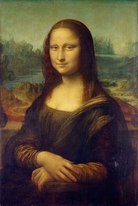 Mavis started by showing us a picture of the Mona Lisa, probably the most famous and visited portrait in the world. Looking closely at the picture she pointed out that the two sides of the face had slightly different expressions. This is one of the things that adds interest to the picture. Art books can show simple templates for drawing faces but Mavis explained that the problem with these are that nobody has a standard face and these would not help you get a good likeness. Also, faces around the world can vary quite a lot. Her example of an Inuit child's face, shows how living conditions can influence the features, such as having a small nose to stop frostbite. Whereas a painting by Albrecht Durer shows a typical European face Next, Mavis showed an example of an Egyptian face, where the profile was from the side but the eye was from the front. This is also used by Disney and other cartoonists to allow them to show the most recognisable features of the face. Mavis explained that the problem when doing faces is that you are trying to show curves on a flat surface. Next, we were shown examples of where artists, such as Picasso, had done a lot of work showing features at different angles, which is another interesting concept. After discussing the idea of individual elements of the face, we were shown how different skin tones effected the painting of faces. Mediterranean painters tended to use a green underpainting, whereas 18th Century European artists used a blue underpainting. She suggested a dark red or violet underpainting for African portraits.  As she moved on, we were shown how cuteness could be portrayed in paintings. One way of doing this is by shortening the lower part of the face. and having slightly bigger eyes, as in the portrait of a child. 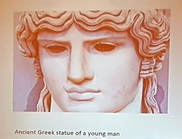 We then looked at idealised faces. Early Greek statues had a sameness about them, with a grin on their faces, before more realistic images became the norm. This lead on to looking at what people perceived as positive beauty in faces; often these are symmetrical, which in reality is a rarity. Examples of these were: Robert Redford and Elizabeth Taylor. This lead back to the start of the talk, where, by using templates, you are more likely to finish up with symmetrical faces, which is not often true. We were then shown examples of self portraits and how artists saw themselves; which often proved to be very honest and not very flattering. Examples of these are Rembrandt, Frida Kahlo and Van Gogh. As a contrast to this, Raphael's self portrait, gives him an angelic look. Finally, we were shown different ways expressions can be shown in faces . Examples of this were: The Laughing Cavalier, The Scream and Marilyn Monroe. 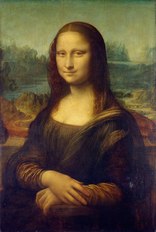 To end the talk, Mavis returned to the first picture of The Mona Lisa, which fascinates so many people, often not knowing why. They can't quite work out what she is thinking. Is she happy or sad? This, she believes, sums up our fascination with faces and ended a fascinating talk by an entertaining and knowledgeable artist. I think we all learnt something new and it has opened our eyes to look more closely at any future portraits that we paint.
1 Comment
Leave a Reply. |
Categories |

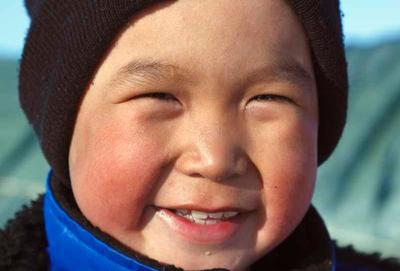

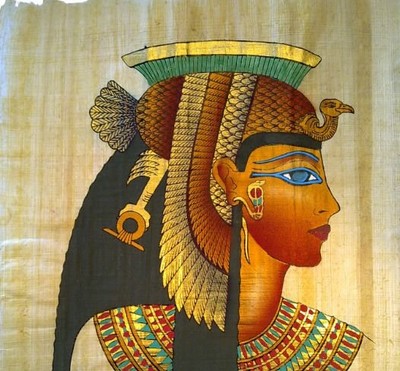
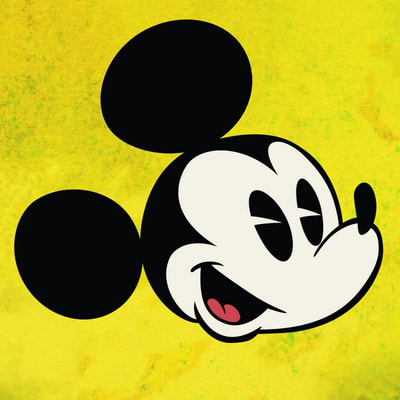

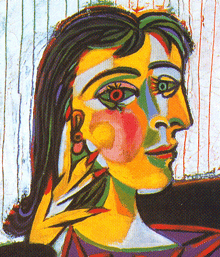




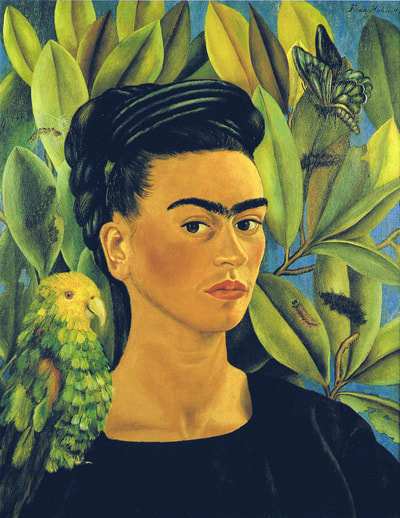
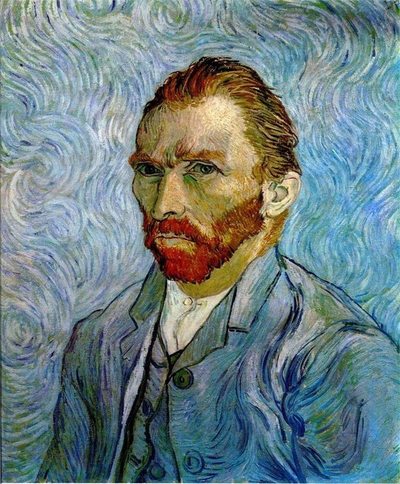
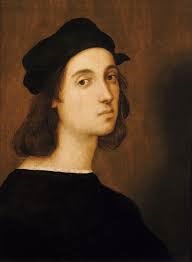
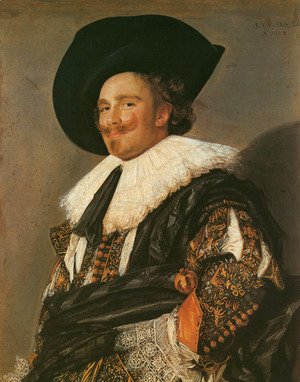
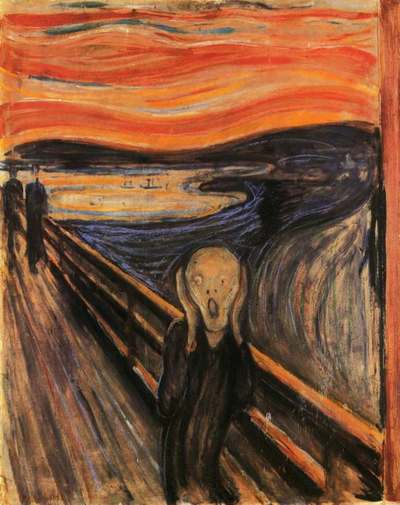

 RSS Feed
RSS Feed